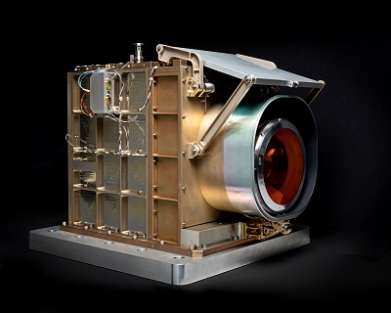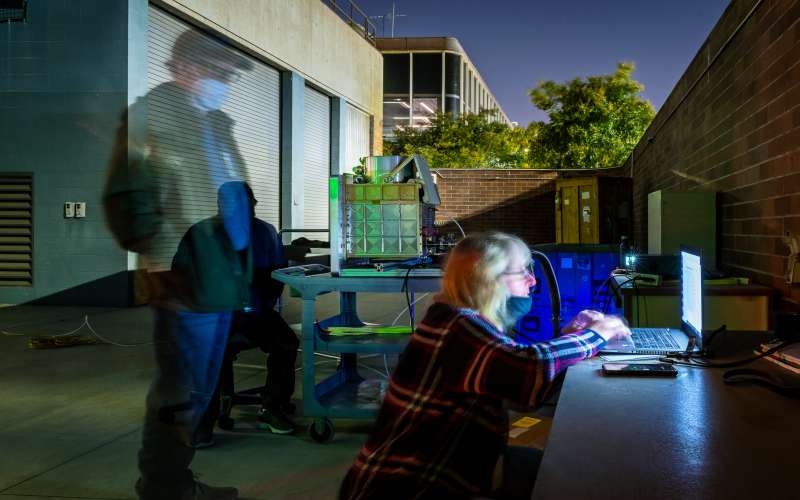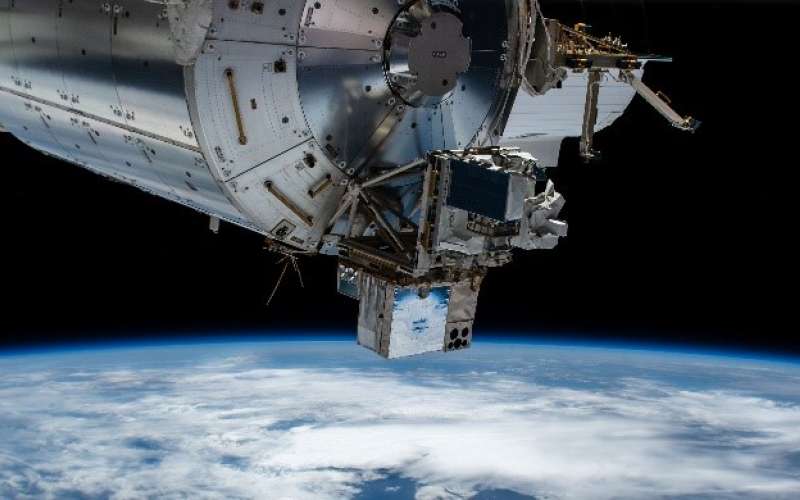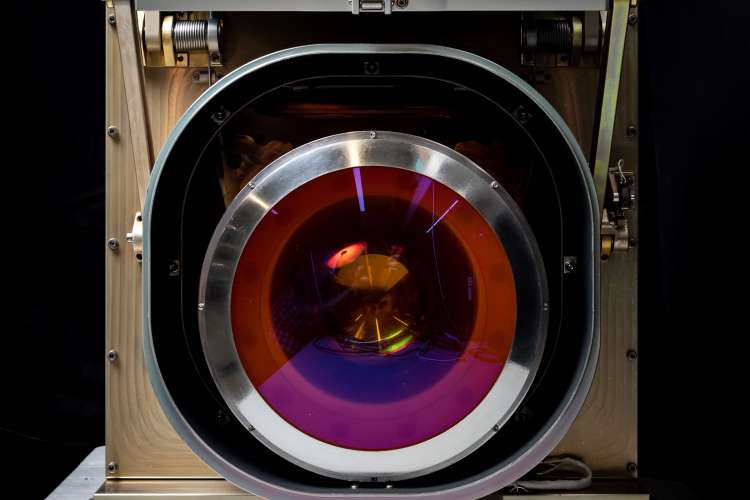
Satellite imagery has become an essential tool for many of today’s technologies, such as weather nowcasting and forecasting, terrain mapping, disaster monitoring for fires, floods and storms, and space weather impacts. A challenge, however, is most space-based cameras rely primarily on the sun or moon as their light source.
Inspired by faint light emissions from the atmosphere, a team of scientists created a superior nighttime camera and flew it on the International Space Station (ISS) in 2019. It’s been so successful; they’ve decided to do it again—with improvements.
PIANO, which is short for Phenomenology Imager & Nighttime Observer, is a 45 kg camera designed and built by The Aerospace Corporation that launched Dec. 21 on SpX-24 to support low-Earth orbit (LEO) weather and overhead persistent infrared (OPIR) augmentation missions. It was installed on the ISS on Jan. 11.
Its name would erroneously lead you to believe it makes music, but the truth is no less creative. PIANO will rely on an unusual technique to take photos at night with stunning resolution. Day and night, chemical reactions in Earth’s atmosphere emit light—known as airglow—that PIANO will harness to capture images.
“We will use the airglow layer as a flashlight to look at the ground,” said Dr. Lynette Gelinas, Senior Scientist at Aerospace' Space Sciences Department and the principal investigator for this project. “PIANO can collect nighttime imagery in almost complete darkness.”
This concept was proven by PIANO’s predecessor, the Near Infrared Airglow Camera (NIRAC), which launched on May 4, 2019 and has served as a pathfinder since for nighttime imaging done from LEO.
“NIRAC takes some images that literally nobody else can do right now,” said Dr. Jim Hecht, Senior Scientist in the Space Sciences Department. “We showed that this technique actually worked. There’s no other instrument that has the equivalent resolution that NIRAC has at night with the moon down, which is where its forte is.”

Like NIRAC, the PIANO instrument features a novel, patented motion compensation system for in-track (orbital) and cross-track (Earth rotation) motion during longer exposures. However, PIANO takes everything a step further. Compared to NIRAC, it will provide enhanced performance in all lighting conditions, new tomographic algorithms for cloud characterization, and a larger format focal plane array, which will be the first spaceflight of a Teledyne H4RG focal plane array.
PIANO addresses multiple factors that are needed for cloud characterization algorithm development, including cloud cover, cloud height, and cloud optical depth. Height maps can be derived from day and night image sequences showing convective features, circulation patterns, low clouds and fog.
“PIANO’s larger field of view allows for larger swaths of overlap, expanding the region over which cloud heights can be determined (swath width of about 250 km) and with multiple views to improve detection capability,” Gelinas said.
PIANO will also continue NIRAC’s study of the phenomenon of airglow itself.
“The larger field of view and overlapping imagery capability will facilitate exploration of the features of the airglow layer and how it responds to disturbances from below, such as disturbances from thunderstorms that propagate to higher altitudes,” Gelinas said.
PIANO stands to advance the understanding of Earth’s atmosphere and push the state-of-the-art in low-light imaging.
“Now that it’s installed on the ISS, we’re looking forward to getting our first images.” Gelinas said. “NIRAC showed us what’s possible with an airglow camera, and we can’t wait to see what PIANO can do.”


